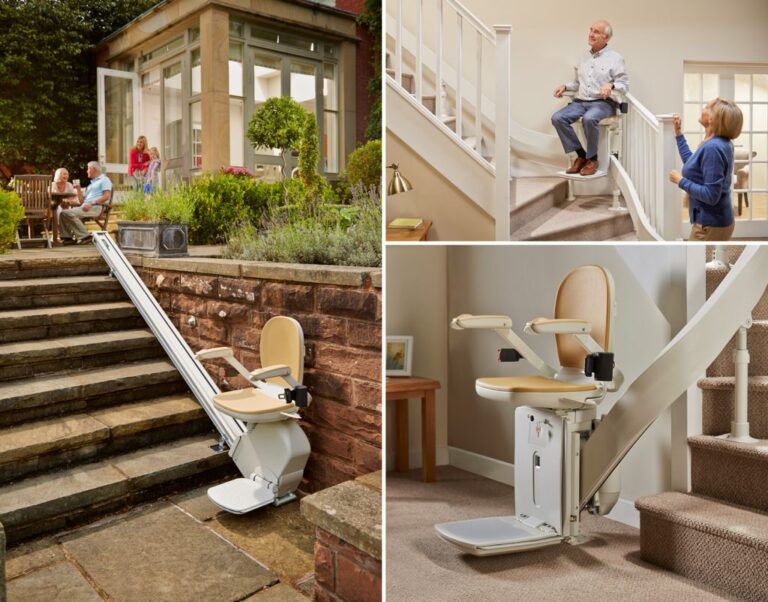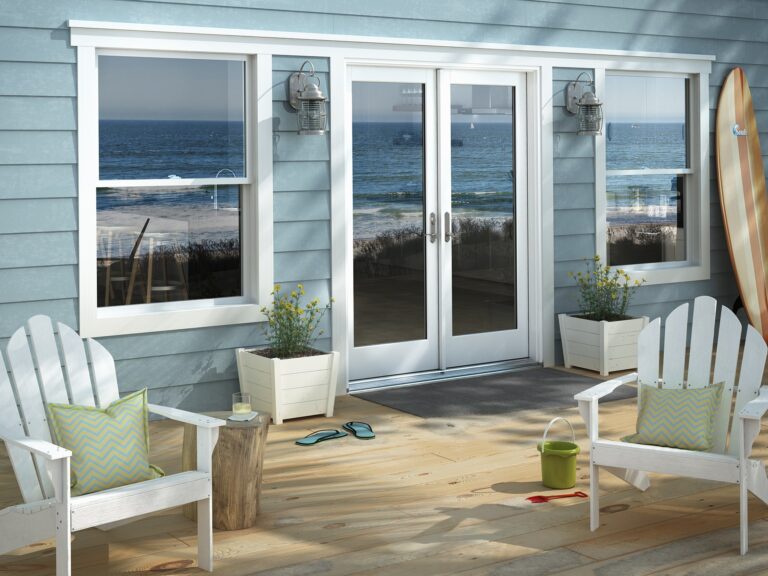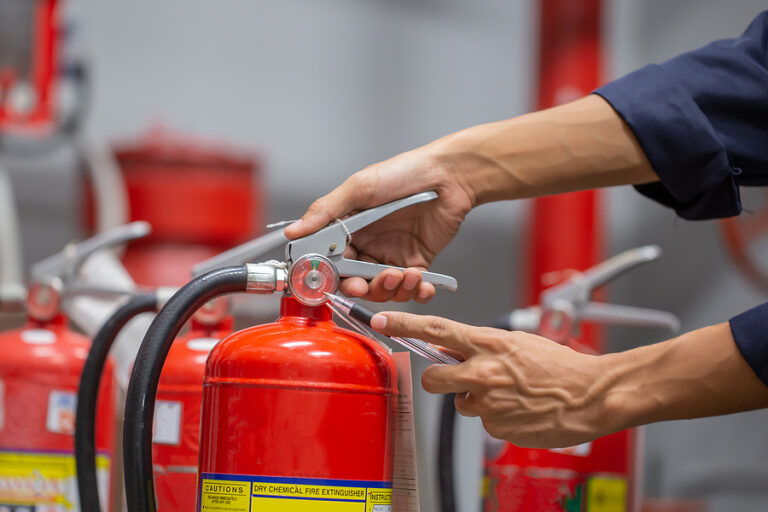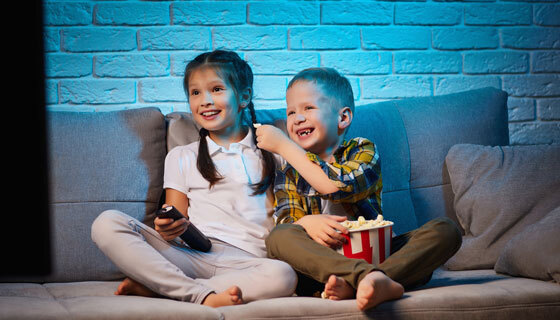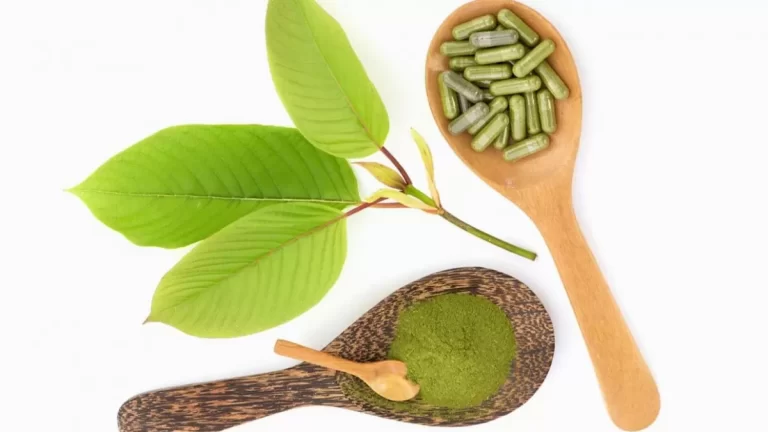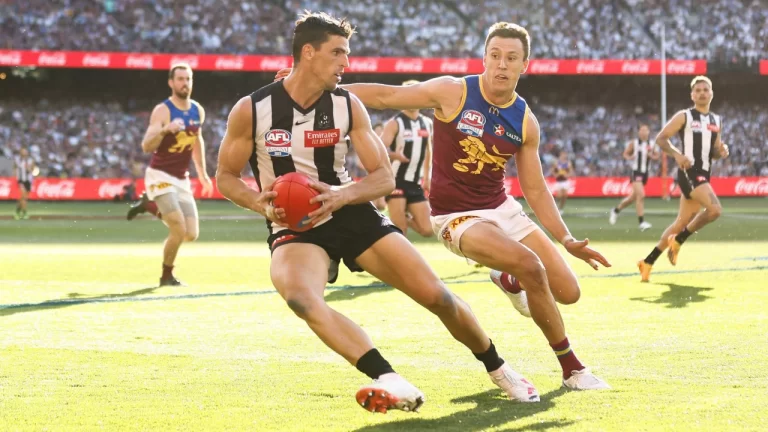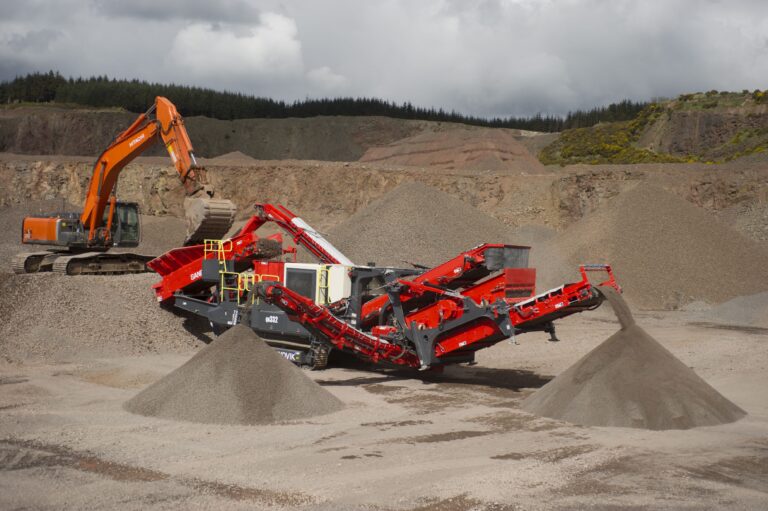It can be “how to determine baby shoe size“ to tell whether or not you’re having the right fit while trying on shoes. After all, your toddler isn’t always the most impartial judge. Kids may claim that a shoe feels amazing when it is too big, or they may fall in love with the shoe because it features their favorite character, but it is too small.
What to Keep an Eye On?
When you’re about to buy a pair of baby shoes, keep the following in mind:
- Adaptability
Forget the rigid forms. “A soft leather baby shoe is best because the sole offers good flexibility,” says Andersen.
- Soles that don’t fall
Look for soles that provide traction while remaining non-slip on smooth surfaces.
- Fit is quite comfortable
The shoes you buy shouldn’t need to be “broken in” until they can be worn. They should be comfortable right away.
Here are some shopping suggestions:
- Shop with your mates
Bring your child along while shopping for shoes for him, as tempting as it might be to shop without him. Put him, and in socks that will go with the shoes, you’re having.
- Feel your toes
Andersen suggests, “Get some room at the end of both the toe box.” “The width of the wearer’s thumb is typically a reasonable gauge.”

- If in doubt, err on the side of the larger foot
It’s perfectly natural for one foot to be slightly bigger than the other.
- Please take your time
Andersen recommends having your child walk around the shop in the shoes and see if they walk naturally in them.
“Ask your baby not only whether they like the clothing, but also if they are causing any discomfort or irritation,” she advises.
And, according to Andersen, get your child’s feet measured every time you buy shoes for them, although growth spurts can catch you off “how to determine baby shoe size.” This could happen every three months or so. That’s right: Before you recognize it, you’ll be back in the shoe store looking for new shoes! Top of Form

